Traditional Armenian cuisine and wine carry the legacy of one of the oldest cultures on earth. Rooted in the Armenian Highlands and preserved through centuries of change, these culinary practices offer a rare continuity with the past. The flavors, techniques, and ingredients have remained connected to the rhythms of the land and family traditions. From fire-roasted meats to world-famous wines made from indigenous grapes, Armenia tells its story through food and drink.
Follow this Armenic Tours article to get to know more about traditional Armenian cuisine and wine, their origins, key dishes, and unique grape varieties.
The Historical Roots of Armenian Food Culture
Armenian cuisine has evolved over more than two millennia. Influenced by geography, climate, and migration, it stands apart in its emphasis on fresh, seasonal ingredients and time-honored methods. Agriculture has always been central to Armenian life. Fertile valleys produce a wide variety of fruits, herbs, and grains, forming the foundation of most meals.
During the reign of the Urartu Kingdom (9th to 6th century BCE), evidence of bread ovens and winemaking tools show how deep these traditions go. Over the centuries, despite periods of foreign rule, traditional Armenian cuisine and wine have endured and remained core to national identity.
Essential Ingredients and Cooking Methods
Bread: The Heart of the Table

No Armenian table is complete without Lavash, the traditional thin bread cooked in a tonir oven. It’s often used as a plate, a wrap, or simply eaten with cheese and herbs. UNESCO recognizes lavash as part of the world’s intangible cultural heritage.
Herbs, Vegetables, and Legumes
Freshness defines Armenian cooking. Parsley, coriander, basil, tarragon, and mint are not merely garnish, they are often main ingredients. Tomatoes, eggplants, cucumbers, and peppers are staples in many dishes. Lentils, chickpeas, and bulgur add substance and protein, especially during fasting days.
Cooking Techniques
Most dishes are baked, grilled, or slow-cooked. The tonir, a clay oven dug into the ground, has been central to Armenian cooking for thousands of years. This method infuses dishes like khorovats (barbecued meat) and ghapama (pumpkin with rice and dried fruit) with deep flavor.
Signature Dishes in Traditional Armenian Cuisine
Khorovats

This fire-grilled meat dish, often prepared for celebrations and family gatherings, uses marinated cuts of pork, beef, or chicken. Grilled over natural wood, khorovats delivers smoky flavors and tender texture. It’s served with roasted vegetables and lavash.
Dolma

One of the most loved dishes in traditional Armenian cuisine, dolma involves stuffing grape or cabbage leaves with a mixture of minced meat, rice, onions, and herbs. Variations include vegetarian versions for Lent or other fasting periods.
Harissa
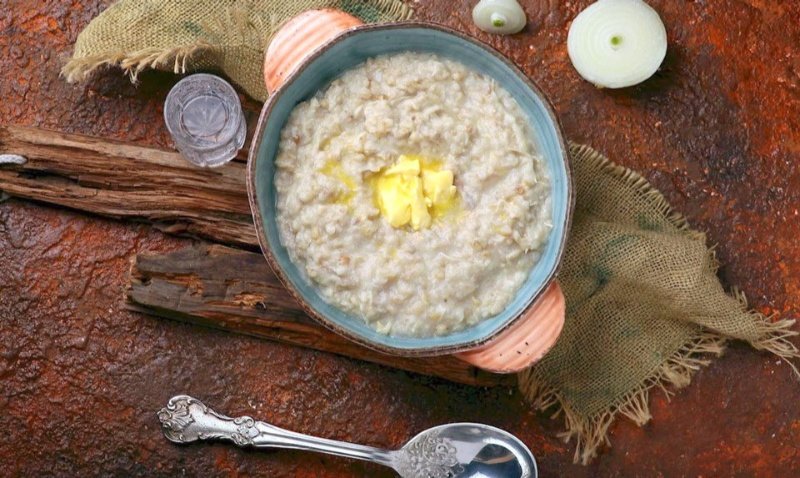
This simple yet powerful dish is made by simmering cracked wheat and lamb over low heat for hours. A symbol of resilience, harissa is often served during Easter or on special community occasions.
Zhingyalov Hats

A specialty of the Syunik and Artsakh regions, this dish is a flatbread filled with up to 20 types of wild and cultivated herbs. It is a nutrient-dense option rich in aroma and deeply satisfying in flavor.
Ghapama
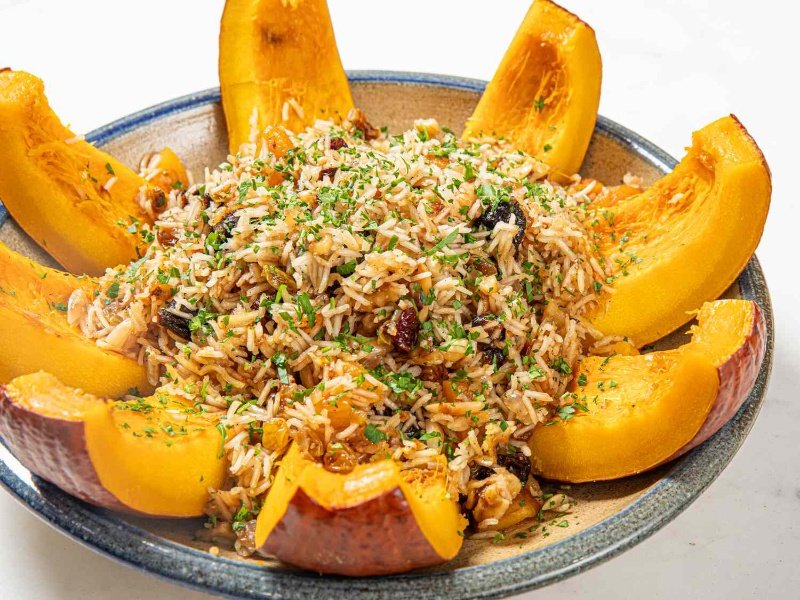
Ghapama combines sweet and savory notes. A hollowed-out pumpkin is stuffed with rice, dried fruits, cinnamon, and honey. Traditionally served during the New Year and Christmas, it reflects Armenia’s reverence for hospitality and celebration.
Khash
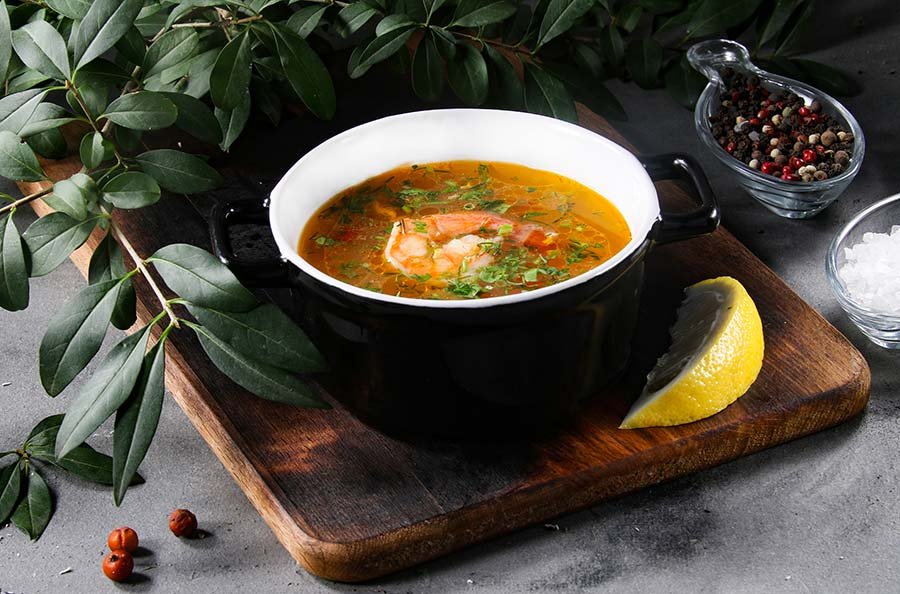
Popular during winter, khash is a dish made by boiling cow’s feet overnight. Served hot with garlic, salt, and lavash, it’s a social dish enjoyed in the early mornings with friends and vodka.
Armenian Wine: A Story in Every Bottle
Armenia is among the oldest winemaking nations in the world. In 2011, archaeologists uncovered the world’s oldest known winery, dating to 4100 BCE, in the Areni-1 cave. This discovery validated what Armenians have long known: wine is more than a beverage, it’s part of the cultural DNA.
Indigenous Grapes
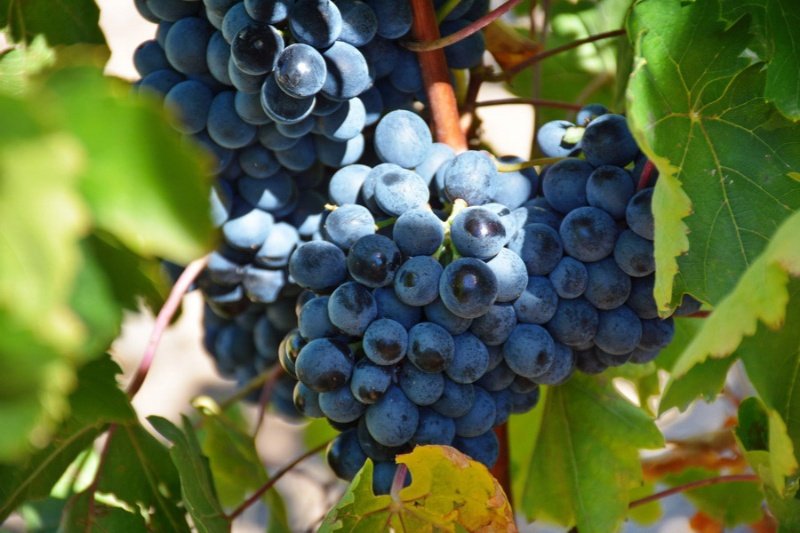
Over 400 grape varieties grow in Armenia. Three of the most notable are:
- Areni Noir: A red grape native to the Vayots Dzor region. Wines made from Areni are light-bodied with aromas of cherry and spices.
- Voskehat: A white grape known for its high acidity and citrus notes. It ages well and is often used for premium whites.
- Kangun: Often used in sparkling wines or blended whites, Kangun grows mainly in the Ararat Valley.
Wine Regions of Armenia
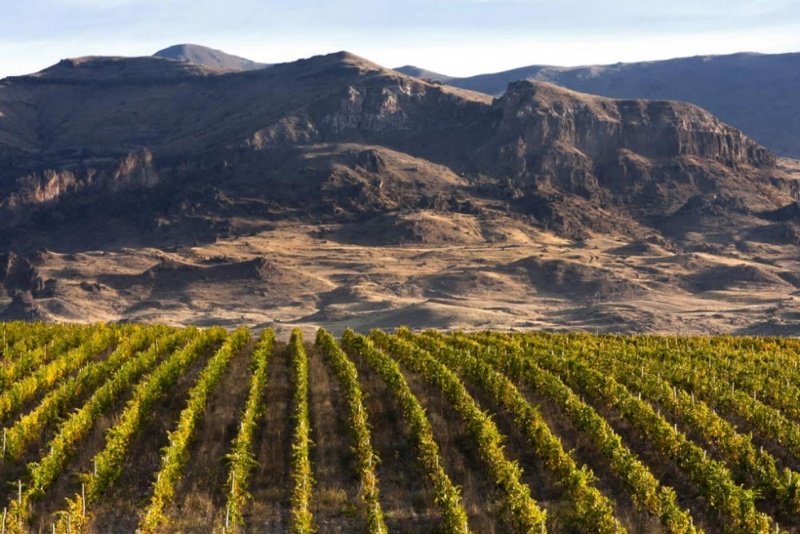
- Vayots Dzor: High altitude, rocky soil, and sunny days make it ideal for red wines. This is the heart of the Areni grape.
- Ararat Valley: Fertile and warmer, known for both table grapes and wine production.
- Tavush and Aragatsotn: Emerging regions that are innovating with both indigenous and international varieties.
Traditional Winemaking Practices
Clay amphorae called “Karases” are still used in some Armenian wineries. These underground vessels allow wines to ferment and age naturally, offering complex flavors and minimal intervention. The use of karases links modern wine producers with their ancient ancestors.
Food and Wine Pairings That Define the Armenian Table
Pairing traditional Armenian cuisine and wine isn’t just an art, it’s a way of life. Meals are social events where every flavor matters. Here are some authentic pairings:
- Areni Noir with khorovats or harissa
- Voskehat with zhingyalov hats or stuffed eggplant
- Dessert wines with gata, an Armenian pastry filled with sugar and butter
These pairings elevate both the food and wine, bringing harmony to every bite and sip.
Cultural Significance and Religious Influence
Armenian food reflects both Christian heritage and pre-Christian traditions. Fasting periods like Lent shape the menu several times a year. During these times, vegetarian dishes made with legumes and vegetables dominate. Religious holidays are marked by feasts that center around traditional meals and community toasts.
The Armenian table is more than a place to eat. It’s where stories are told, where generations meet, and where the past lives on through taste.
Preservation and Global Recognition
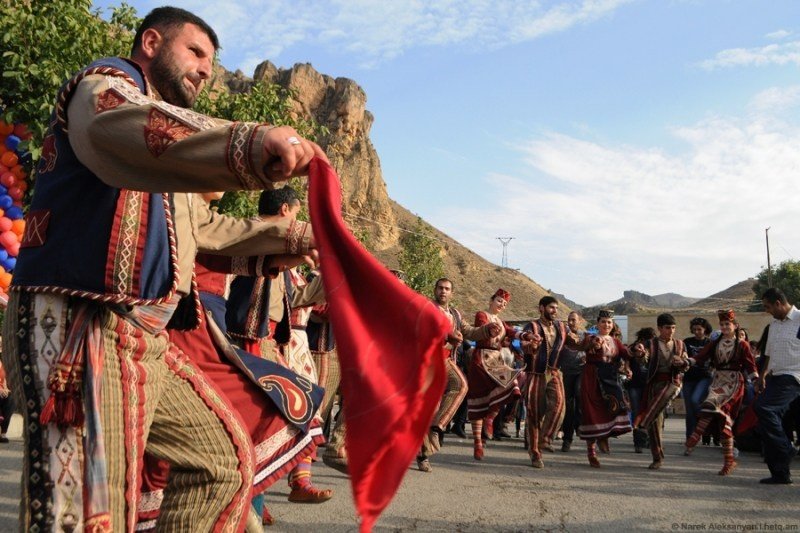
With rising interest in heritage cuisines, traditional Armenian cuisine and wine are gaining international appreciation. Diaspora communities play a vital role in preserving recipes. Meanwhile, Armenia’s booming wine industry has started exporting globally, with winemakers winning awards in international competitions.
Food and wine tours, cooking workshops, and wine festivals, such as the Areni Wine Festival in October, have brought global attention to Armenia as a culinary destination.
Conclusion
Traditional Armenian cuisine and wine offer more than nourishment, they represent a living history. The dishes and vintages tell stories of resilience, creativity, and community. Whether it’s the smoky flavor of khorovats or the complex layers of an Areni red, Armenia invites you to experience culture through your senses. For those seeking authenticity and depth, Armenian culinary heritage is a journey worth taking.
FAQ
What makes traditional Armenian cuisine unique
Its use of fresh herbs, time-honored cooking methods like the tonir oven, and centuries-old recipes passed down through families. It balances simple ingredients with deep, satisfying flavors.
Which Armenian wines should I try with local dishes
Areni Noir is excellent with grilled meats like khorovats. Voskehat complements herbal dishes like zhingyalov hats or stuffed vegetables.
Where can I experience traditional Armenian food and wine
Visit Yerevan’s restaurants, attend the Areni Wine Festival, or explore rural villages where you can enjoy home-cooked meals and family-produced wines.




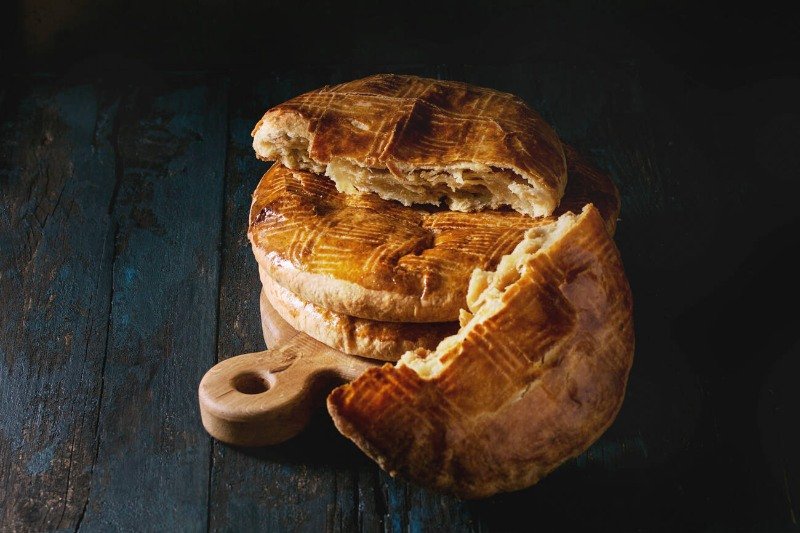
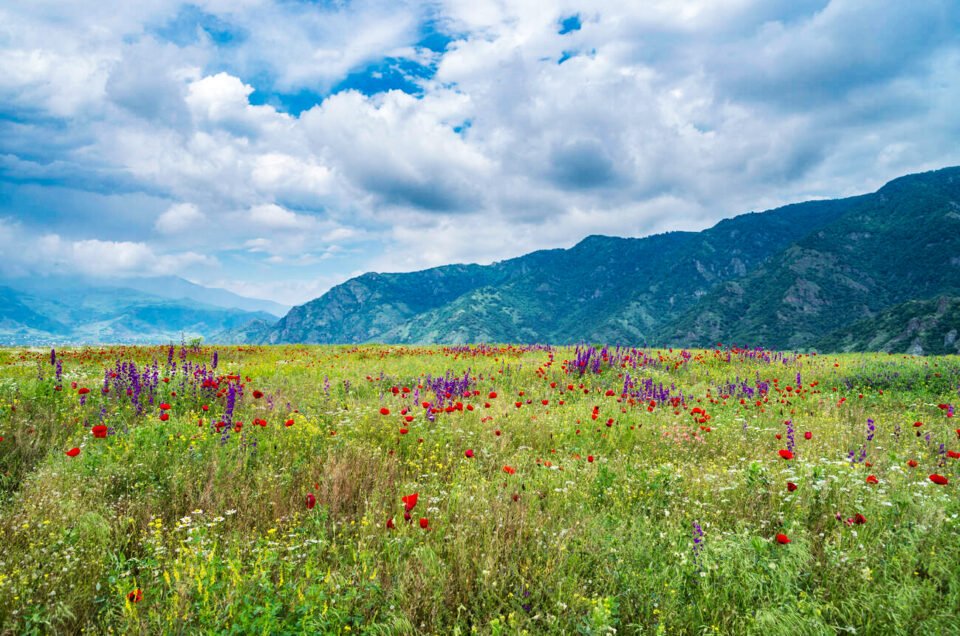
2 Comments
[…] to enjoy them for an authentic local experience.Follow Armenic Tours to learn more about authentic Armenian cuisine, local fish dishes, and the best spots to enjoy them across the […]
[…] has a long history in Armenian cuisine. Many sources point to its origins in medieval Armenia, where rural bakers used basic ingredients […]